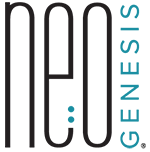Skincare Protocol for Rosacea
Restricted Content
Thank you for your interest in this content.
The content you are trying to access is exclusive to registered wholesale users in the skincare professional industry.
If you are a skincare professional, we invite you to register for an account to unlock premium content. For registration, please complete our wholesale registration.
If you have any questions or need assistance, feel free to contact our support team at
Thank you for your understanding.
Restricted Content
Thank you for your interest in this content.
The content you are trying to access is exclusive to registered wholesale users in the skincare professional industry.
If you are a skincare professional, we invite you to register for an account to unlock premium content. For registration, please complete our wholesale registration.
If you have any questions or need assistance, feel free to contact our support team at
Thank you for your understanding.




